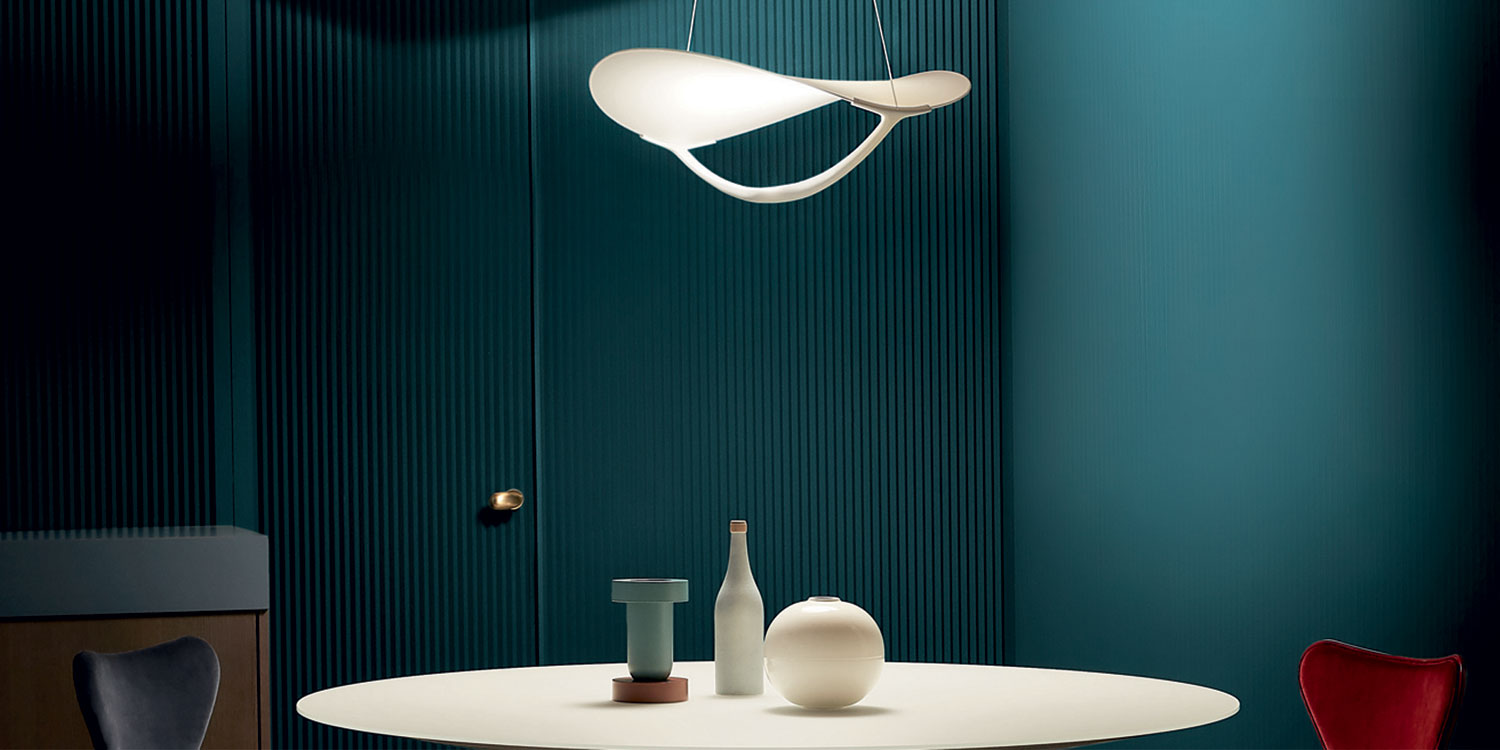
With over three decades of experience in the world of interiors, we are often asked by our clients: “What factors are important in lighting design?”
From the way we see and experience a space to our mood and overall well-being, lighting plays a crucial role. But what exactly makes for good illumination? Is it simply about the functionality of brightening up our homes, or is there more to it than that?
In this blog, we will delve into the world of lighting design and explore the various elements that make it so important.
Lighting design is the art and science of creating visually effective and efficient environments using different light sources. It involves three main components: task lighting, ambient lighting, and accent lighting.
Task lighting is specifically designed to aid in performing a specific activity, such as reading, cooking or working at a desk. It is typically provided by a focused light source, such as a table lamp at a desk or floor lamp next to a sofa, and is usually directed at the task area.
Ambient lighting provides general illumination in any given space. It is typically provided by ceiling fixtures, such as recessed lights, track lights, or pendant lights, and can be adjusted via dimmers to create different moods or atmospheres.
Talk to a one of our designers now or book an appointment.

Book A Video Chat
Book a zoom consultation and we’ll advise you on furniture, space planning, wardrobes and more.
Book A Video Chat
Book A Showroom Visit
Let our experts guide you through our 30,000 sq. ft. showroom with over 700 luxury brands under 1 roof.
Book A Consultation
Email, call or book a virtual video chat with our sales team. Ask questions with no obligations.
Chat NowAccent lighting is used to draw attention to specific objects or areas, such as artwork, sculptures, or architectural features using fixtures like spotlights or wall sconces, and often adds drama or visual interest.
Each of these components is important in creating an efficient lighting scheme and will ensure a functional, cohesive space.
There are many different types of light fixtures available for use in residential and commercial settings. Some of the most common include:
Each type of light fixture has its own unique characteristics and can serve different purposes. Finding the right one for your space depends on both your needs and the type of ambience and style you are aiming to create.
At FCI London, we supply a wide range of luxury lighting solutions sourced from high-end brands all over the world. So, whether you’re after a gorgeous chandelier like the delicately crafted Athena from our custom range or would prefer something more sculptural like the nature-inspired Gagnon floor lamp by Eichholtz, we have the right piece to suit your space.
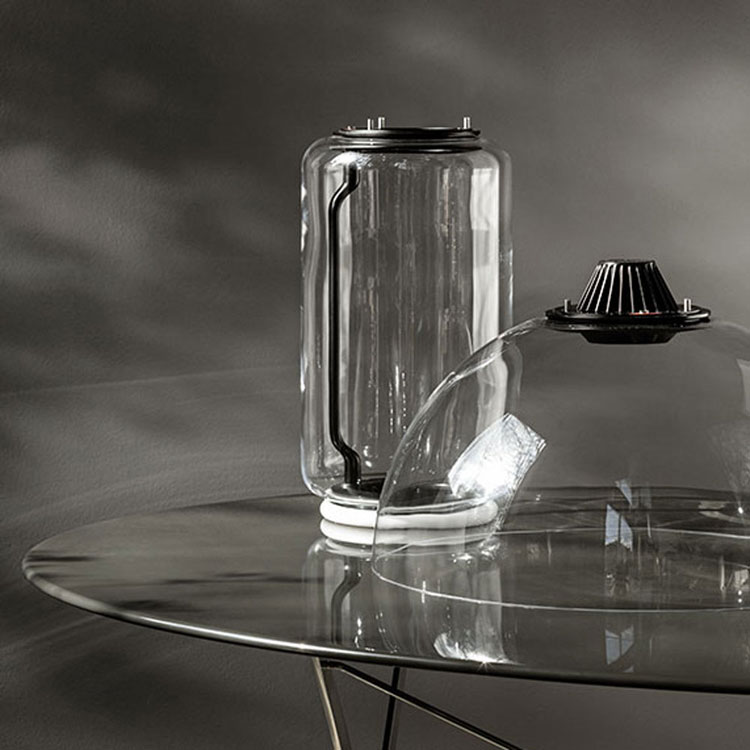
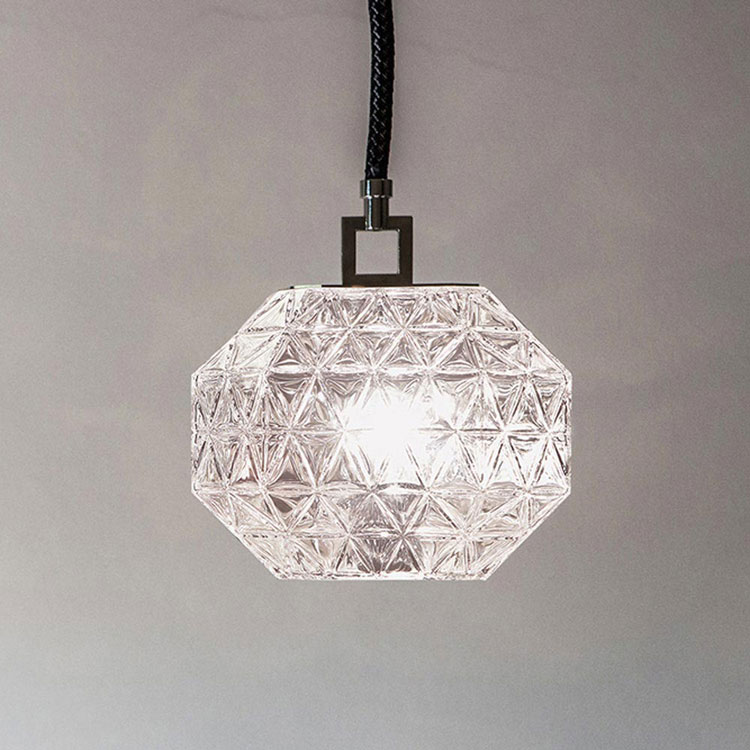
Lighting can be used to highlight certain features in a room, create a desired mood, or provide luminance for specific activities but in order to do so, placement is key. Here are three design elements that will help you get your positioning right:
Combining all three factors are the key to an optimal lighting plan and will enhance the overall look of your room.
Illumination plays a crucial role in shaping the ambience of a space. The way light falls on surfaces as well as its intensity and colour can all impact the way we perceive and experience a room. A well-designed lighting plan can make your space feel cosy and intimate or open and airy.
Natural light is often considered the ultimate option, as it provides a sense of connection to the outdoors, enhances your health and reduces energy costs. However, artificial light can also be used to great effect. Dimmable fixtures, for example, can create a sense of drama and add a layer of visual interest to a room.
The strategic placement of task lighting can also help to make a space more functional and efficient. Ultimately, the key to effective lighting design is understanding how light can be balanced to achieve both aesthetic value and functionality.
The colour temperature of a light source can have a significant impact on the overall mood of your room. For example, a warm colour temperature is often used in residential settings to create an inviting atmosphere, while a cool colour temperature is ideal if you want commercial spaces to feel productive and energising.
Colour temperature can also have an impact on your circadian rhythm and could therefore influence your general state of wellbeing. Warmer tones will make you feel relaxed and calm and will help to induce sleep, while cooler lights are more likely to keep you awake and alert.
It is therefore important to think about the purpose of each space and its surrounding environment when selecting an appropriate colour temperature.
When choosing light bulbs for your home, there are several factors to consider before making a decision:
In lighting design, it is important to consider the function of each space, your aesthetic goals and the impact it will have on your health and visibility. To find out more about how to make the best of your natural and artificial lighting options, get in touch with one of our professional designers today and let’s schedule a consultation.
You can also browse through our stunning portfolio for some inspired ideas for your next refurbishment project - we’ve been designing beautiful spaces for over 30 years and are experts at implementing modern lighting solutions that will bring your dream home to life.
Get In Touch
Book A Video Chat
Book a video consultation and we'll advise you on furniture, space planning, colour schemes and much more.
Book A ConsultationVisit Our Showroom
Book a visit to our stunning, multi award-winning, 30,000 sqft.
Over 700 brands under 1 roof.
Sign up for weekly inspiration
Stay ahead of the crowd with our Interior Design inspiration, new furniture trends & trade tips.
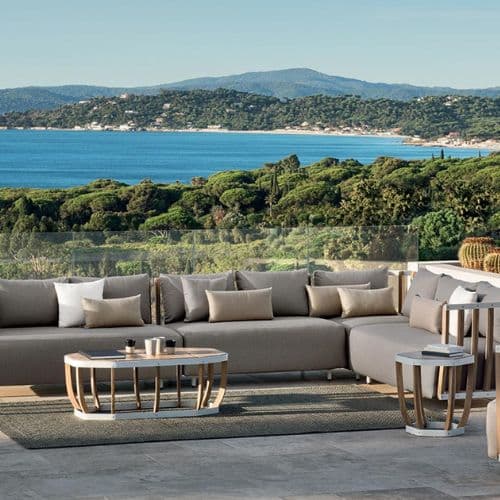
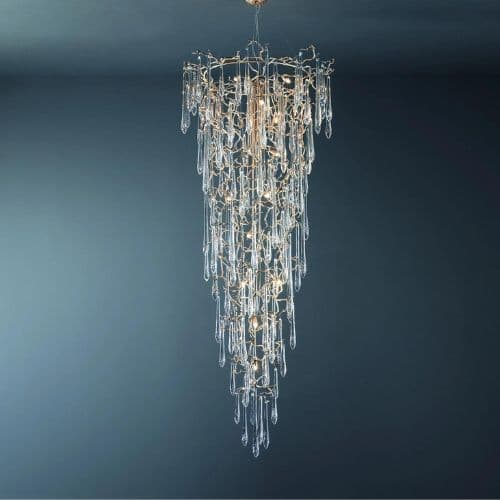
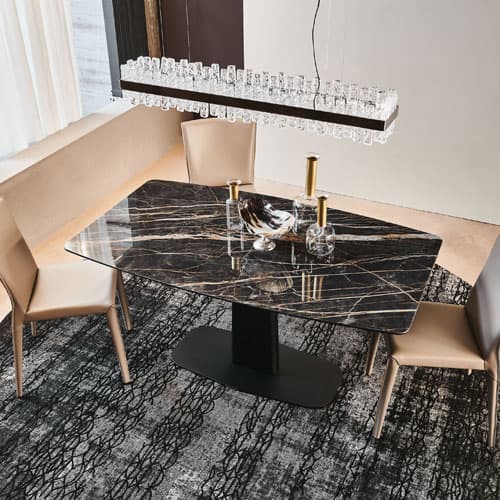
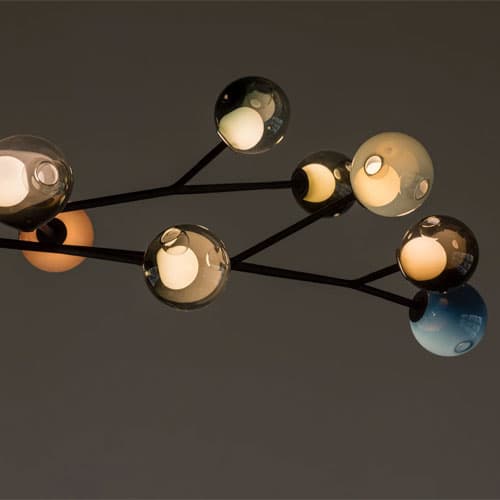
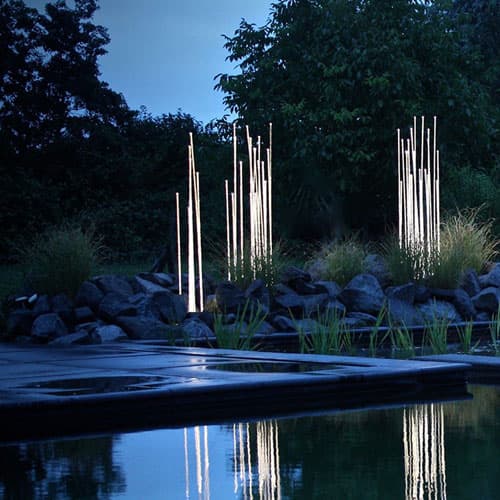
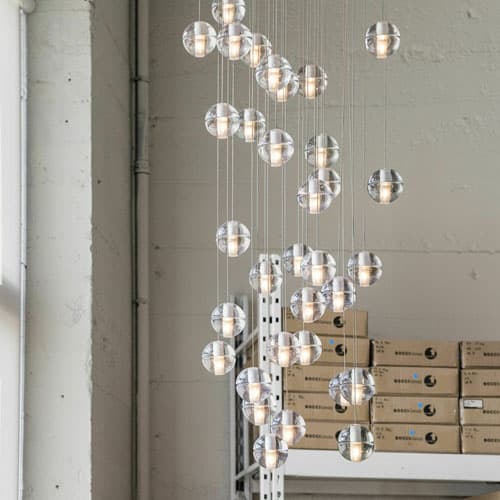
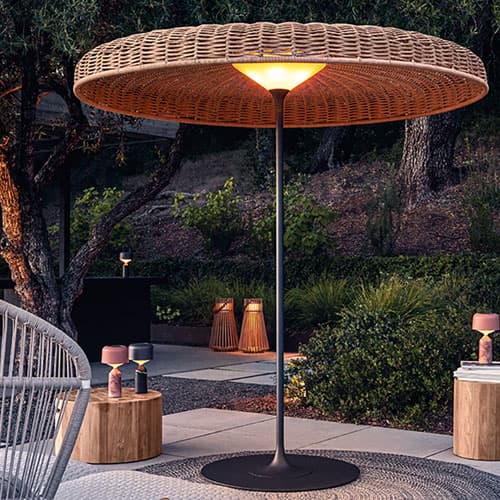
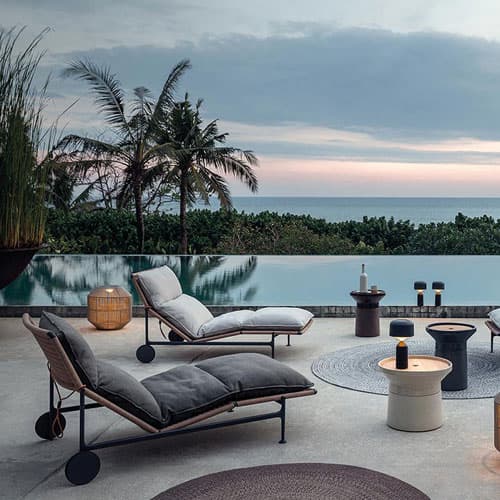
Most Popular on FCI London: Fitted Wardrobes | Luxury Designer Rugs | Luxury Sofas | Luxury Furniture Store | Luxury Interior Designers | Luxury Bedroom Furniture | Luxury Modern Chairs | Luxury Coffee Tables | Luxury Designer Kitchens | Luxury TV Units | Luxury Dining Tables | Luxury Storage Solutions
Transparency's kind of our thing.
Here's what real customers have to say about us.
